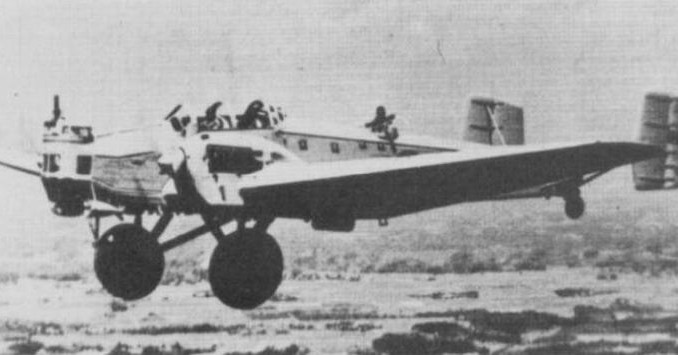
The basic unit of the IJAAF unit structure was the chutai, which translates as “squadron” and is roughly similar to the German staffel. Chutai consisted of perhaps 9 aircraft, and could be specified as dokuritu hiko chutai, or “independent flying chutai” – as the name suggests these could be operated without a parent unit.
Two or more chutai, along with spare and command aircraft, were combined into a daitai, or “battalion”. From 1938, when IJAAF air units were re-organised, this term fell out of use. The superior unit to the daitai was the rentai, or “regiment” which also fell out of use in 1938.
The replacement unit for the daitai and rentai was the sentai, which was also the equivalent of a “regiment”. Chutai were directly attached to each sentai, whilst daitai were dispensed with altogether. Sentai were similar to USAAF groups, usually operating as a collective unit from the same location. Similar to the sentai was the hikotai, which was a semi-formal unit for controlling several independent chutai.
Above the sentai was the shidan (“division”) or hikodan (“air division”), which controlled several sentai or hikotai at once. Higher still up the hierarchy was the hiko shudan (“air corps”) with several hikodan.
The highest level in the hierarchy was the kokugun or “air army”, six of which were raised altogether during the war.
Hierarchy (from 1938)
- Kokugun – Air Army
- Hiko Shidan – Division
- Sentai – Regiment. Hikotai referred to the flying unit of a sentai, as opposed to the maintenance unit (seibitai)
- Chutai – Squadron / Flight. Could be classed as “Dokuritu” which meant an independent unit, not attached to a sentai.

Leave a Reply